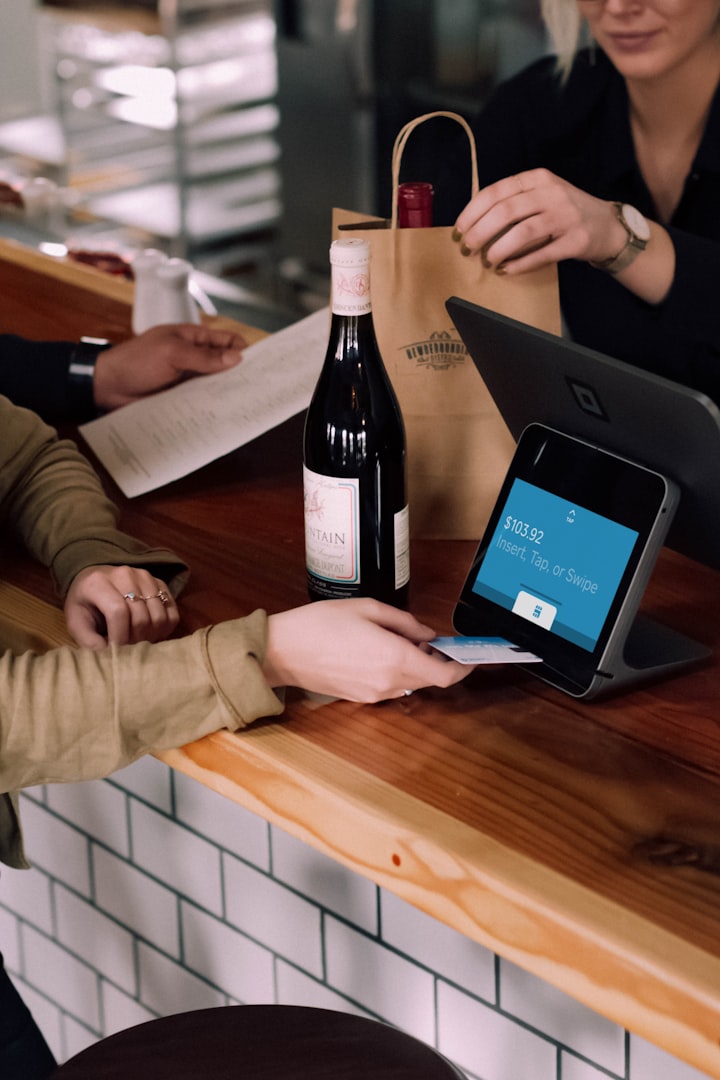3 Reasons People Will Not Buy Your Product
And how to get them to buy

When I first ventured into the online business space, I was so excited. I had so many ideas that I believed would truly help people. My primary thoughts were on the products that I could produce and sell.
This is the first place I went wrong.
Months later, I have realized that if you want to make money in your business, you need to shift from thinking about products to people. Those who do not make this shift will remain confused by why their products do not sell well.
To increase your sales, you need to address three reasons why your potential customers would not buy your product.
People Do Not Know About Your Product
This is the first step that so many of us go wrong at. Before you ever build your product, you need to find the people that your product would benefit from.
Hoping that people will come once you have launched your product will only lead to disappointment. It doesn’t matter how great your product is if no one knows about it.
For this reason, you will hear successful entrepreneurs discuss the importance of an email list. An email list gives you the power to tell those that are interested in your niche about your products directly. An email list is essential to the success of your products, but an email list does not help you find your people.
Your email list will remain empty until you locate the people that you can help, get in front of them, and offer them something of value.
Since my products focus on helping graduate students with research, I had to find graduate students on the internet. There were two places that worked very well for me: Twitter and Facebook Groups. On Twitter, there is #AcademicTwitter, where many graduate students and researchers gather. On Facebook, there are multiple research or PhD-specific groups that make it easy to find my ideal audience.
If you go into these spaces announcing your products, you won’t get many people buying and you may even be banned. Instead of pitching products, offer something of value either in the form of free content or a lead magnet. This does two things for you. It allows your ideal audience to learn about you and want to follow you. Additionally, it allows you to qualify your email list in their interest for your products.
Your first thought when generating your products should be informing qualified people about your products.
People Are Confused About Your Product
Once people know about your product, a major reason why people will not buy your product is because of confusion. There are many potential sources of confusion that can come from your products. Common sources of confusion can be product overlap, many tiers, unclear sales pages, and different promotions.
Product overlap
If you have multiple products that touch on a similar topic, it needs to be very clear the differences between these products. In most webinars that I attend, if the business has multiple products, the first question that comes up is what are the differences between this product and their other product.
The best way to combat this is to make it clear what the differences are, even if it is in a FAQ section. Oftentimes, this can be accomplished by making it clear what is included in each product and not overstating the benefits of a product.
Clarity between products allows prospective buyers to know what products are best for them.
Too many tiers
Multiple tiers of a product can be a good thing. It can allow those that can and want to spend more to get more. At the same time, it allows the business owner to make more off of the same product. However, too many product tiers and upsells can lead to confusion.
For product tiers, having two or three well-defined tiers can help a prospective buyer decide which tier they fit best in. However, more than three tiers can lead the customer to become confused about what they are buying and what the differences are.
Additionally, what comes with each tier should be a stair-step process. The highest tier should include everything the second-highest tier has with something additional.
Therefore, having a limited number of clearly defined tiers can help your customer to be sure of their decision and increase your sales.
Different or multiple promotions
There have been many products that I am interested in buying from people that I do not regularly follow. However, an immediate turn-off is finding multiple different promotions.
I understand having specific holiday sales or a launch sale strategy. However, if you have a sale, you should specify an end date and follow that end date.
There was one product that I found from a Facebook ad. The ad took me to a webinar. At the end of the webinar, it took me to the product page giving me a “webinar discount” and the price of the course was $850. While the webinar was going, I found another ad for the same product that was on a “holiday sale” for $450. This sale had started in November but was still going in early February. While initially interested in the product, the confusion and frustration of the fact that I would pay $400 more for a product had I bought it from the webinar turned me off. I have never purchased anything from that business.
Even just having continual sales on your products will make people question if right now is really the best time to buy. Will the cost go down in a few days? This defeats the point of the sale.
To remove this confusion, have planned promotions of your product with specified end dates. Be strict about ending the promotion on the end date. People will learn that you mean what you say and will either buy the product in the promotion or pay more outside of the promotion.
Your Product Is Too Expensive
If people see your product as too expensive, they likely will not purchase it. This does not mean that you should undercut your prices to get more people to buy.
There are two things that contribute to a product being perceived as too expensive:
The market value of that product is less than the price.
A person does not have the money to pay for the product
These causes are very different and it is important to take steps to address each cause.
Overpriced product
Overpricing your product can be an easy mistake to make. I overpriced my first product and that led to a catastrophic course launch.
4 Lessons I Learned From a Failed Course Launch
I lost money from a course launch, and now I am sharing what I learned.
To prevent overpricing your product, you need to do extensive research into what the market value of your product would be. You should research to see if there are similar products to yours and what they are priced at. A second step is to look at products that are targeted to your same audience. This can give you a good idea of how to price your product to ensure it fits well in your niche.
The second way to combat the perception of an overpriced product is to demonstrate the value of the product. It is possible a product is priced correctly, but people do not know the value it truly has. If you can justify the price compared to the market value, then you should write out this justification on your sales page.
People can’t afford the product
There will always be people who cannot afford the product you are selling. This does not mean that you should lower the prices of your product. Your job is not to be the most affordable product on the market; it is to price your product in a way that reflects its value.
However, there is still a way that you can capture some of these people. An option that benefits both you and your customer is to provide payment plans. Whether it is 3 months or 12 months, dividing the payment over a time frame can allow a new group of people to be able to purchase your product.
Since my business works with graduate students, the inability to afford my products is often an issue for many of my students. However, providing a lower-cost 6-month payment plan to my products allows certain people to be able to access my products.
Furthermore, when people choose a payment plan, I will actually make more from the purchase. There are certain risks to me and conveniences for the customer that come with a payment plan that makes it reasonable to charge more. Therefore, for a $497 course, my 6-month payment plan would cost $97. This means that — if people choose the payment plan — I will earn $82 more for the sale. However, the students will still benefit, because they can access my course even if they do not have the $497 upfront.
Increase Your Sales
As entrepreneurs, our goal is to increase the sales of our products and services. However, many times we focus on the product itself and forget other aspects that prevent potential customers from buying our products. Therefore, with your current product or future products, analyze these three areas of your product:
- Does your ideal customer have a good chance of knowing about your product?
- Is there a chance your customer may be confused about your product?
- Can your product be perceived as too expensive for its value?
If your ideal customer knows about your product, has clarity about it, and views the price as comparable with the value of the product, then there is little standing in their way to purchasing the product.
Join Alana Rister's Newsletter
---
Republished with permission from https://medium.com/21st-century-entrepreneur/3-reasons-people-will-not-buy-your-product-e8e98ef407ba






Comments
There are no comments for this story
Be the first to respond and start the conversation.